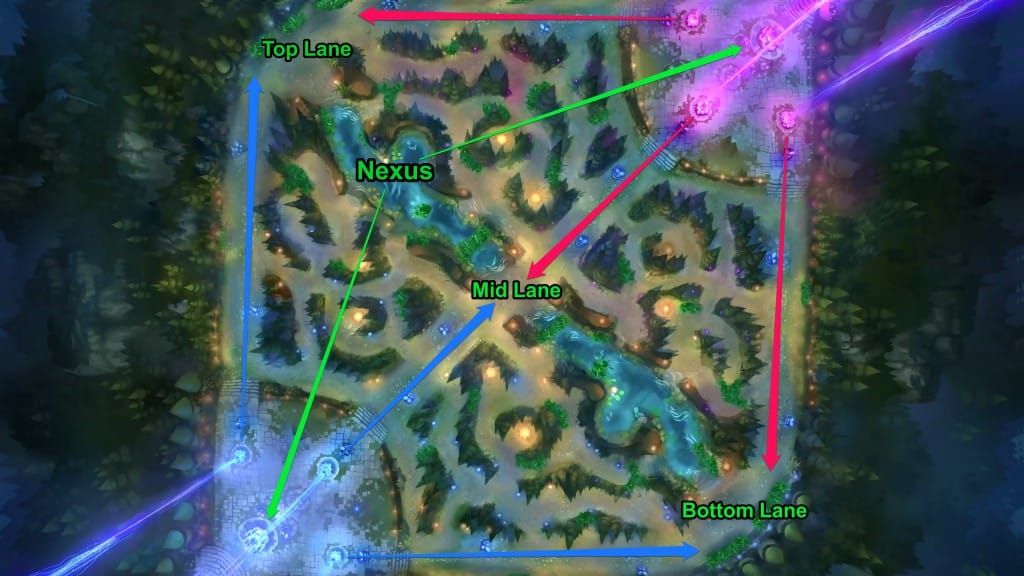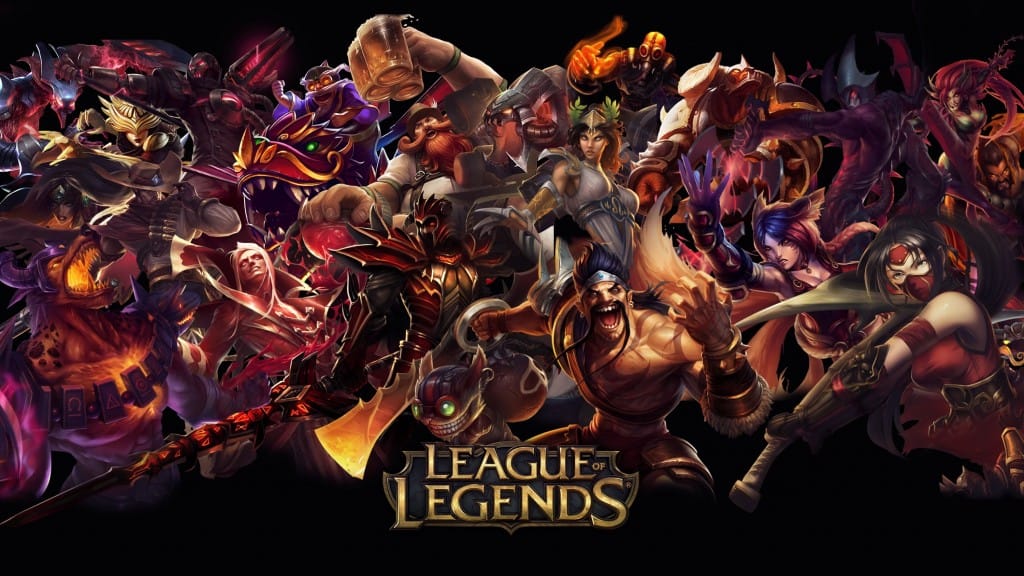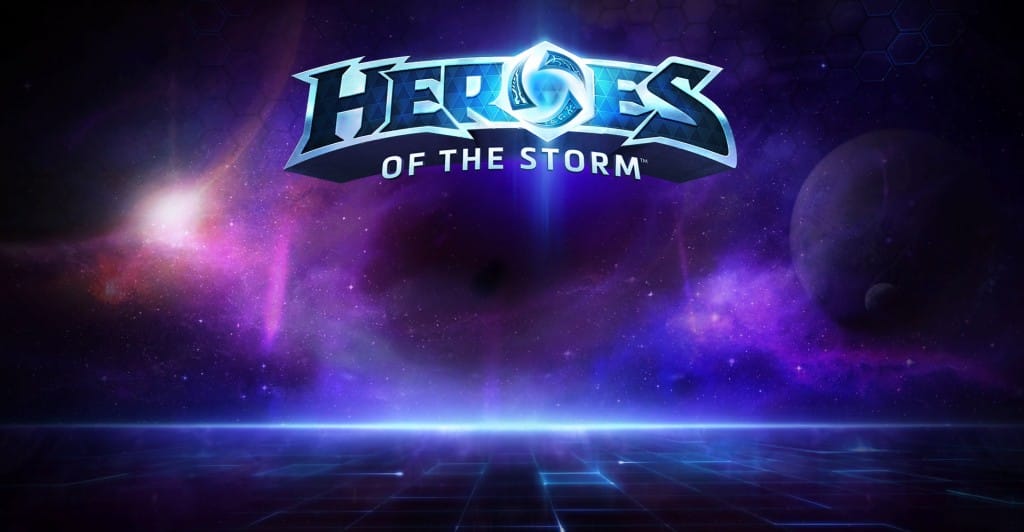Multiplayer Online Battle Arena (MOBA) games are one of the most played genres of video games on the planet right now and they comprise a significant portion of modern e-sports. To understand how they developed, we should first examine one of the earliest examples. One of the most iconic early MOBAs is Defense of the Ancients (DotA). This early iteration was not the DOTA 2 of today’s hyper-competitive MOBA scene. At the time, the game was simply a Warcraft 3 (WC3) Map Editor mod developed by Eul (inspired by Aeon of Strife), that has evolved to form a cornerstone in the foundation of the MOBA genre. Aeon of Strife and WC3 DotA were the pioneers of the 3-lane, 2-base, single-controlled hero gameplay model that set the standard for future games of this kind. Despite the widespread effects MOBAs have had on contemporary gaming, there are still many people who are unfamiliar with the genre and how a MOBA game is played.
For the uninitiated, MOBA games are traditionally set in a large multiplayer map that is covered with a variety of terrain and divided into three attack lanes. Each game will have two opposing teams of five human players that control a single in-game avatar (known as a Champion or Hero). The objective of the game is to destroy the opposing team’s Primary Structure (i.e. Core, Nexus, etc.). The core is protected by a series of other structures that must first be removed before the Core or Nexus becomes vulnerable to attack.
In addition to their respective characters, each team will have a predetermined number of computer-controlled minions (Creeps) spawned at regular intervals in each of the three lanes that will then make their way along one of the three paths (seen below)

These waves of minions will continue to spawn until the enemy Nexus or Core has been destroyed. These minions serve several purposes: First, they function as a main player resource or potential income (i.e. Gold or Experience), which is vital to the progression of the game. Second, they represent “pushing power,” in that they will mindlessly push forward, destroying everything in their path unless stopped. A single group (also known as a “wave”) of these minions is not particularly powerful, and will do little damage to the enemy team’s structures or heroes. The fact that each minion wave has an opposing, equally powerful, wave simultaneously spawned on the other side of the map means that these minions will be locked into an endless struggle that can have no victor. However, it here that the players of the game are able to intercede in these struggles and destroy the creep waves of the opposing faction. This allows their minions to gain an upper hand and push forward more effectively with superior numbers. This intervention can lead to a formidable buildup of minions that is capable of destroying enemy structures, or even the opposing Nexus or Core if left unattended. As such, it is imperative that each team be cognizant of the current strength of the minion wave that is present in each lane (be it in their favour or against) and adjust their play accordingly.
To this day, the 3-lane, 2-base, single-hero model is still employed by the most popular titles on the market. The development of the Jungle role and the evolution of team-versus-team multiplayer came later, and is an article for another day. There are two titles of particular interest to me, League of Legends and Heroes of the Storm, and I plan to discuss these games in some depth through the following series of articles. It will be interesting to compare one of the oldest MOBA franchises to one of the newest additions to this genre.
League of Legends

As someone who started playing League of Legends in the 2009 closed beta, and has logged nearly 3000 games since then, it has been a fascinating experience to have observed the game as it developed from a fledgling WC3 DotA spin-off into the genre titan that it is today. To pin down the exact factors responsible for League’s incredible success is a difficult and complex task, and truthfully, it is likely that circumstance and luck has contributed in some way to its massive popularity. I do not say this to try and diminish any of the hard work, dedication, and love that the Riot staff have put into their game, only to acknowledge that certain factors on the path to success are beyond the realm of developer control.
League of Legends was not the first MOBA made, but it has certainly become one of the genre’s defining titles. The majority of MOBA enthusiasts would agree that League of Legends and DOTA 2 hold the top spots in this regard. However, many lesser-known titles such as SMITE, Heroes of Newerth, Infinite Crisis, Bloodline Champions, Sins of a Dark Age, which comprise the rest of the genre, and have experienced varying degrees of success.
That said, there are at least a few things that League of Legends has done to set the bar for defining the mechanics and gameplay that many subsequent MOBAs have attempted to replicate or innovate upon. Among League of Legends’ many achievements, a few especially noteworthy ones stand out. First, it introduced the concept of a constantly shifting metagame that is controlled by the regular introduction of new heroes, or the strengthening/weakening of existing ones. This strategy has allowed League to foster a changing – but still highly competitive – gaming environment for players at all skill levels. League is among the few games ever created to generate viewership on par with major league sporting events, and this has contributed to the development of an e-sports scene more pervasive than any to come before it.
Heroes of the Storm

As with just about any collection of games, developers often borrow from established MOBA titles, then add their own twists in hopes of expanding the potential of their game.
Heroes of the Storm by Blizzard Entertainment is one of the newest arrivals to the MOBA scene. The official launch of the game was recent, becoming available to the public on June 2nd, 2015. Historically, with games like World of Warcraft and Starcraft 2, Blizzard is not traditionally a first mover within any particular game genre. Instead, Blizzard focuses their efforts upon redefining the potential of that genre. World of Warcraft and Starcraft are both examples of games that did redefine their respective genres, and today, subsequent entrants of those genres are measured up against them. In many ways, Heroes of the Storm could be considered a “second-generation MOBA” and true to form, Blizzard has attempted to redefine this category of games by innovating on some of the longstanding traditions of the MOBA genre.
I was selected to participate in the closed and open beta of Heroes of the Storm and as I played more of the game I found myself taking note of several interesting decisions that were made by the Blizzard design team. Having just come from regularly playing a significant amount of League of Legends, I could not help but compare and contrast these mechanics with their equivalents in League. This series of articles will be focused on examining and discussing these differences. I have divided my comparisons into several major categories, each with an assortment of mechanics that could be considered to fall within those bounds. Each article in this series will provide a brief description of a particular set of mechanics within the context of their respective games, present a comparison of each design’s key features, and outline their advantages, disadvantages, and gameplay consequences.
As a seasoned player of both games, my goal over the course of these articles is to break down the majority of these game mechanics and assess their merits and disadvantages in an attempt to accurately discern which of the two games demonstrates overall superior game design and which makes for the better player experience.
Next up:




